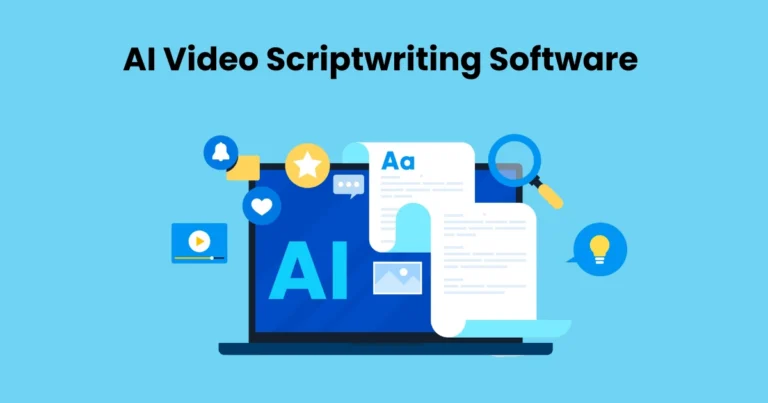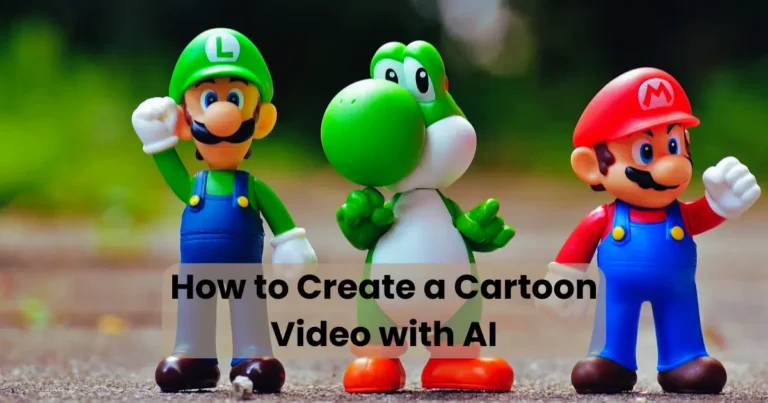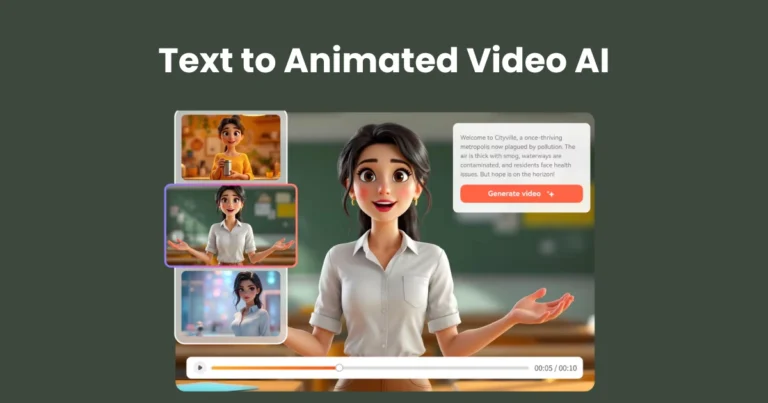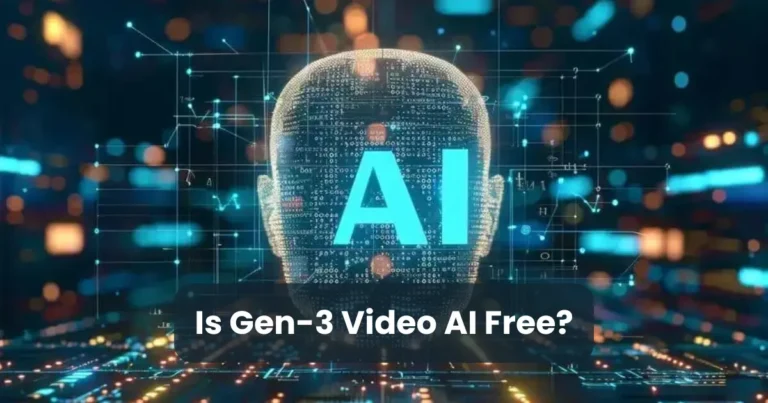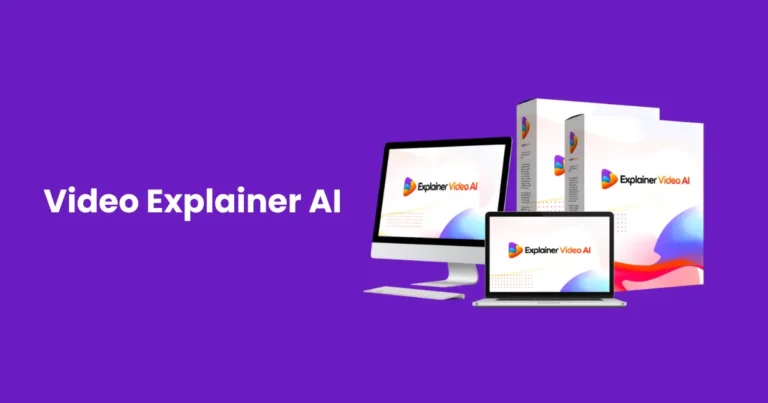AI That Can Access YouTube Videos | Future of AI That Can Access YouTube
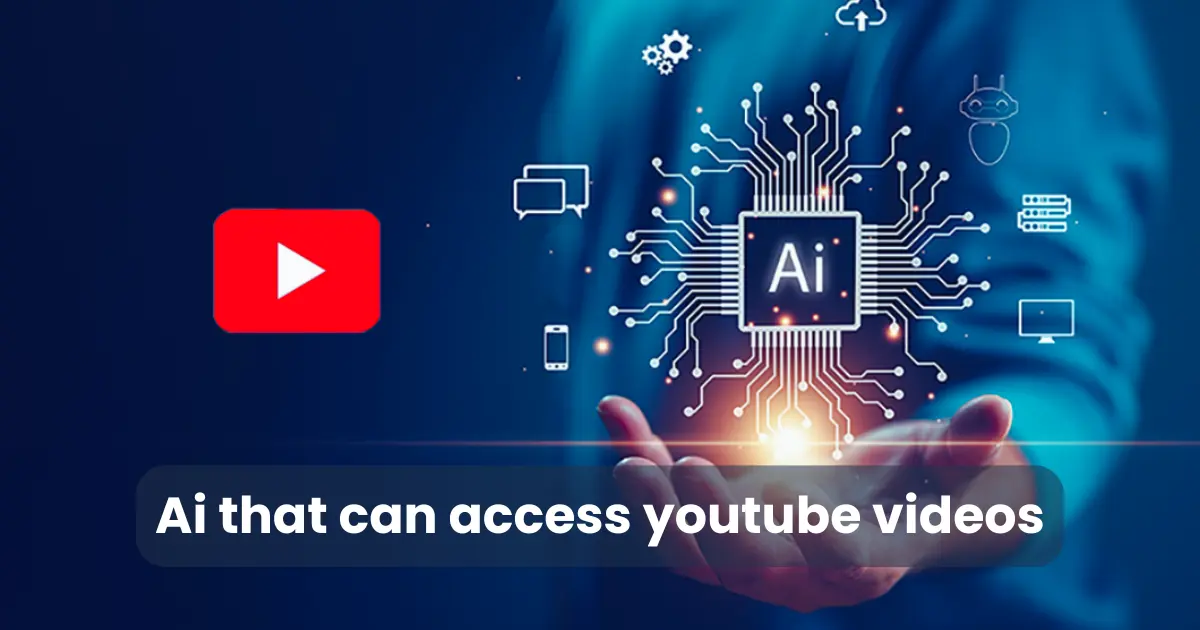
Contents
The rise of AI that can access YouTube videos has transformed how people analyze, summarize, and interact with online video content. With billions of videos uploaded to YouTube, manually processing such vast amounts of information is nearly impossible. AI-powered tools provide an efficient way to extract insights, generate captions, and even understand video content in real time.
In recent years, advancements in artificial intelligence have enabled machines to process videos just like humans. AI can transcribe speech, recognize objects, analyze emotions, and summarize content with remarkable accuracy. As a result, content creators, businesses, and researchers increasingly rely on AI that can access YouTube videos to streamline workflows and enhance user experiences.
This article explores how AI accesses YouTube videos, its practical applications, the best tools available, and the ethical considerations involved in using these technologies.
How AI Can Access YouTube Videos
The ability of AI that can access YouTube videos to analyze and extract information from video content relies on multiple advanced technologies. These systems use machine learning, natural language processing, and computer vision to interpret videos efficiently. Below are the key methods through which AI processes YouTube videos.

1. AI Video Scraping and Data Extraction
AI-powered web scraping tools can retrieve metadata, transcripts, and video descriptions from YouTube. Some AI models also extract frames or download audio for further processing. However, due to YouTube’s strict policies, most AI tools access content via YouTube’s official API rather than direct scraping.
2. Speech-to-Text and Video Transcription
One of the most effective ways AI processes videos is through speech recognition technology. AI listens to the spoken content in a video and converts it into text, allowing for tasks like:
- Automatic captioning to improve accessibility
- Content summarization for quick insights
- Keyword extraction to enhance searchability
Tools like OpenAI’s Whisper and Google’s Speech-to-Text API provide accurate transcriptions of YouTube videos.
3. Computer Vision for Object and Scene Recognition
AI uses computer vision to analyze the visual elements of YouTube videos. By detecting objects, facial expressions, colors, and movements, AI can:
- Identify products in videos
- Detect emotions and reactions
- Categorize content based on visuals
Google Cloud’s Video Intelligence API and OpenCV-powered AI models enable such capabilities, making AI that can access YouTube videos highly effective for content analysis.
4. Natural Language Processing (NLP) for Content Understanding
Beyond speech recognition, AI applies Natural Language Processing (NLP) to analyze video titles, descriptions, and transcripts. NLP allows AI to:
- Extract key topics and trends
- Perform sentiment analysis on spoken words
- Generate automatic summaries of video content
AI-driven models like ChatGPT and BERT enhance YouTube video processing by understanding context, intent, and emotions behind spoken words.
With these advanced techniques, AI that can access YouTube videos is revolutionizing content discovery, video summarization, and audience engagement. The next section explores real-world applications of these AI-driven capabilities.
Use Cases of AI That Can Access YouTube Videos
The impact of AI that can access YouTube videos extends across multiple industries, improving video analysis, content creation, and user engagement. By leveraging AI-powered tools, businesses, creators, and researchers can automate tasks that would otherwise require significant time and effort. Below are some of the most powerful use cases.

1. Content Summarization and Automatic Captioning
AI-powered tools can summarize long YouTube videos into shorter, digestible insights. This helps users quickly understand the key takeaways without watching the entire video. Additionally, AI generates accurate captions and subtitles, improving accessibility for global audiences and hearing-impaired viewers.
Example: YouTube’s auto-captioning feature and OpenAI’s Whisper AI provide real-time transcriptions for videos.
2. Sentiment Analysis and Audience Insights
By analyzing speech, tone, and facial expressions, AI that can access YouTube videos can determine the overall sentiment of a video. This helps brands and marketers measure audience reactions to content.
Example: Businesses use AI-driven sentiment analysis to track public perception of products through YouTube reviews.
3. Automated Video Editing and Highlight Generation
AI simplifies video editing by identifying key moments, cutting unnecessary sections, and generating highlights. This is especially useful for sports clips, lectures, and long-form content.
Example: AI-driven tools like Pictory.ai and Adobe Sensei automatically extract engaging moments from lengthy videos.
4. AI-Powered Search and Recommendation Systems
AI enhances YouTube’s search functionality by analyzing video transcripts and visual elements to improve search accuracy. It also refines content recommendations based on user behavior and interests.
Example: YouTube’s AI-driven recommendation algorithm suggests videos based on watch history, preferences, and engagement patterns.
These use cases demonstrate how AI that can access YouTube videos is transforming content consumption, making video platforms smarter, more efficient, and user-friendly. The next section explores the best AI tools that enable these capabilities.
Best AI Tools That Can Access YouTube Videos
Several advanced AI-powered tools specialize in analyzing, summarizing, and extracting data from YouTube videos. These tools leverage machine learning, speech recognition, and natural language processing to enhance content discovery and user engagement. Below are some of the best AI that can access YouTube videos for various use cases.

1. Google Cloud Video Intelligence
Best for: Object recognition, scene detection, and metadata extraction
Google’s Cloud Video Intelligence API allows AI to analyze YouTube videos by detecting objects, speech, and even explicit content. It enables businesses to automate video tagging, improve searchability, and extract meaningful insights.
Key Features:
- Identifies objects and scenes in video frames
- Converts speech to text for improved accessibility
- Detects sentiment and keyword relevance
2. OpenAI Whisper
Best for: High-accuracy speech-to-text transcription
OpenAI’s Whisper is a powerful AI model designed for speech recognition. It transcribes YouTube videos with remarkable accuracy, making it ideal for automatic captioning and video summarization.
Key Features:
- Supports multiple languages
- Provides near-human accuracy in transcriptions
- Works efficiently on noisy audio
3. Pictory.ai
Best for: Automated video editing and summarization
Pictory.ai uses AI to extract key moments from YouTube videos and transform them into shareable clips. It is widely used for highlight generation, video summaries, and social media repurposing.
Key Features:
- Converts long videos into bite-sized highlights
- Adds captions and subtitles automatically
- Uses AI-driven templates for quick editing
4. Synthesia
Best for: AI-generated video content and voiceovers
Synthesia is an AI tool that can create videos from text, allowing users to generate voiceovers and even virtual presenters. It is useful for creating explainer videos, training content, and automating video production.
Key Features:
- AI-powered avatars for realistic video presentations
- Supports multiple languages and voice tones
- Converts YouTube content into different formats
5. YouTube API & AI Integrations
Best for: Custom AI-powered YouTube analytics
Developers and businesses can use YouTube’s Data API to integrate AI models for analyzing video content, tracking engagement, and automating metadata extraction.
Key Features:
- Provides access to video metadata, captions, and analytics
- Enables AI models to analyze and categorize content
- Supports machine learning-driven video recommendations
These AI tools make it easier to analyze, edit, and extract insights from YouTube content efficiently. As AI technology evolves, more AI that can access YouTube videos will emerge, enhancing video accessibility, engagement, and automation.
Ethical and Legal Considerations
While AI that can access YouTube videos offers numerous advantages, it also raises important ethical and legal concerns. Unauthorized data extraction, copyright violations, and privacy issues must be carefully addressed to ensure responsible AI use. Below are the key considerations.

1. YouTube’s Policies on AI Video Scraping
YouTube has strict terms of service that prohibit unauthorized video scraping or automated data extraction without permission. AI tools that bypass YouTube’s API to download, analyze, or store video content may violate these policies.
Best Practice: Always use YouTube’s official API when developing AI-driven solutions for video analysis to ensure compliance with platform regulations.
2. Fair Use and Copyright Laws
Many YouTube videos are protected by copyright laws, meaning AI tools must adhere to fair use policies. Using AI to extract and repurpose video content without permission can result in copyright claims or legal action.
Best Practice:
- Obtain permission from content creators before using AI for video analysis.
- Use AI-generated summaries or insights without reproducing copyrighted material.
- Respect YouTube’s Content ID system, which detects copyright-protected content.
3. Privacy and Data Protection
Many YouTube videos contain personal or sensitive information, making privacy a major concern. AI models that analyze facial expressions, voices, or personal data must comply with global privacy regulations, such as GDPR and CCPA.
Best Practice:
- Avoid collecting personally identifiable information (PII) from videos.
- Use anonymized data when performing sentiment analysis or facial recognition.
- Inform users if AI-generated insights involve personal data analysis.
4. Responsible AI Practices
AI systems that analyze YouTube videos must be designed to prevent bias, misinformation, or unethical content use. Misinterpretation of video context can lead to false insights, damaging reputations and trust.
Best Practice:
- Train AI models on diverse datasets to avoid bias.
- Ensure AI-generated insights are accurate and fact-checked.
- Develop transparent policies on how AI processes YouTube videos.
By following these ethical and legal considerations, businesses and developers can use AI that can access YouTube videos responsibly. The next section explores the future of AI-driven video analysis and its potential impact.
Future of AI That Can Access YouTube Videos
As artificial intelligence continues to advance, the capabilities of AI that can access YouTube videos will expand significantly. From enhanced video understanding to real-time content moderation, AI-driven technologies will revolutionize how users interact with and consume video content. Here’s a look at what the future holds.

1. Advanced Video Understanding with Multimodal AI
Future AI models will not only analyze speech and text but also visual elements, background sounds, and user interactions to provide deeper insights into YouTube videos. These multimodal AI systems will improve:
Scene recognition – Understanding emotions, actions, and objects within a video.
Contextual analysis – Identifying the underlying themes and sentiments of content.
Automated fact-checking – Verifying the accuracy of information in videos.
Example: AI-powered tools like OpenAI’s GPT-Vision are already capable of analyzing both video frames and audio for enhanced comprehension.
2. AI-Generated Personalized Content
AI will reshape content consumption by automatically generating:
AI-curated video summaries tailored to user preferences.
Personalized video playlists based on real-time engagement.
AI-generated commentary and responses for interactive experiences.
Example: Future AI assistants may provide real-time explanations, similar to how AI summarizes text articles today.
3. Real-Time Content Moderation and Policy Enforcement
AI will play a greater role in content moderation by detecting harmful, misleading, or copyrighted content in real time. Advanced AI moderation systems will:
Identify and remove inappropriate content before it spreads.
Detect deepfake videos and misinformation with higher accuracy.
Automatically flag content violating YouTube’s guidelines.
Example: YouTube already uses AI to moderate videos, but future AI models will be faster, more precise, and adaptable to evolving content trends.
4. Voice and Video Search Capabilities
AI-driven voice search and visual search will allow users to find content beyond traditional keywords. Future AI advancements will enable:
Voice-based video search – Users can describe a scene, and AI will locate relevant videos.
Frame-by-frame search – AI will analyze video frames to match user queries.
Conversational AI assistants – AI chatbots will provide video insights in real time.
Example: Google’s MUM AI (Multitask Unified Model) is already improving video search by understanding context beyond text-based metadata.
The future of AI that can access YouTube videos is filled with exciting possibilities, from smarter video analysis to personalized content discovery. As AI technology advances, it will enhance user experience, improve content moderation, and create new opportunities for video-based businesses. However, ethical AI use, legal compliance, and responsible data handling will be essential in shaping its development.
Conclusion
AI that can access YouTube videos is transforming how content is analyzed, consumed, and utilized. From automated transcription and video summarization to real-time content moderation and personalized recommendations, AI-driven tools are reshaping the digital video landscape.
The growing capabilities of multimodal AI will enable deeper insights by analyzing audio, text, visuals, and metadata together. This will improve content discovery, accessibility, and user engagement, making video consumption more efficient. Additionally, AI-powered voice and visual search will revolutionize how users find and interact with YouTube content.
However, with these advancements come ethical and legal responsibilities. It is crucial to ensure AI tools comply with YouTube’s policies, copyright laws, and data privacy regulations. Responsible AI development will help prevent misinformation, unauthorized content extraction, and biased analysis. Looking ahead, the future of AI that can access YouTube videos is filled with opportunities for businesses, content creators, and viewers alike. By embracing AI responsibly, the YouTube ecosystem can become smarter, more efficient, and more personalized than ever before.

